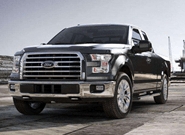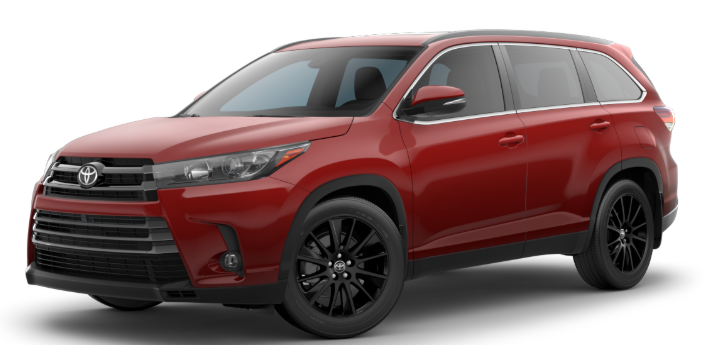Steel Markets

Auto Sales See Slippery September
Written by Sandy Williams
October 2, 2019
U.S. auto sales slipped in September as leading Asian automakers Toyota and Honda reported double-digit declines. Toyota sales fell 16.5 percent and Honda, after a record August, saw sales drop 14.1 percent. Nissan reported a 17.6 percent plunge in sales.

The Detroit Big Three no longer report monthly, but quarterly reports came out on Wednesday. Ford reported a 4.9 percent decline in Q3 2019 compared to Q3 2018. Truck sales were up 8.8 percent for the quarter, but SUV sales slipped 10.5 percent and cars, on a phase-out track, were down 29.5 percent.
FCA U.S. announced quarterly sales records for its Jeep Wrangler, Ram, and Dodge Challenger. Sales for the third quarter of 2019 totaled 545,034, a zero percent change from Q3 2018.
“Lower interest rates, a stable economy and consumer enthusiasm bolster our belief that new vehicle sales in the U.S. are heading for a strong finish,” said Reid Bigland, head of FCA U.S. Sales.
General Motors reported delivery of 738,638 vehicles in the third quarter, an increase of 6.3 percent compared to Q3 2018. Inventory at the end of September was 759,633 units. GM is in the third week of a strike by United Auto Workers that has stopped production of vehicles in the U.S., as well as in Canada and Mexico.
Despite an unsatisfying sales month for U.S. automakers, WardsAuto estimated the seasonally adjusted annual rate to be 17.2 million units in September, still a strong showing although slightly below the September 2018 rate of 17.3 million. Analyst comments remained relatively upbeat.
“As the global sales outlook continues to weaken, light-vehicle demand in the U.S. remains robust,” said Jeff Schuster, head of global vehicle forecasts at LMC Automotive. “This is despite the headwinds and uncertainty caused by rising tensions with Iran, the UAW strike at GM and ongoing trade concerns.”
“All year long we’ve been talking about high prices and rising interest rates keeping shoppers on the sidelines, but in the third quarter those pressures eased up just enough to get consumers back in a buying mood. If this momentum continues, we expect a solid finish to the year,” said Jeremy Acevedo, Edmunds’ senior manager of industry analysis.

Sandy Williams
Read more from Sandy WilliamsLatest in Steel Markets

USW cheers Evraz NA agreement with Atlas Holdings
The United Steelworkers (USW) labor union celebrated recent news of the signed agreement between Atlas Holdings and Evraz NA in which the Connecticut-based private equity company said it plans to acquire North America’s Evraz facilities.

Steel buyer spirits tempered by soft spot market conditions
Steel sheet buyers report feeling bogged down by the ongoing stresses of stagnant demand, news fatigue, tariff negotiations or implementation timelines, and persistent macroeconomic uncertainty.

Hot-rolled coil buyers continue seeking certainty
Steel market participants contend that buyers will remain in “wait-and-see" mode until some market stability is restored.

Latin American steel advocates warn on cheap import flood
Subsidized Chinese steel imports and cheap steel products from Association of Southeast Asian Nations (ASEAN) entering Latin American (LATAM) are threatening the region's steel market.

CRU: Steel prices fall amid global demand weakness
The forceful headwinds bearing down on steel markets across the globe have created demand challenges and sent prices southward. The US, however, challenged the global trend.
